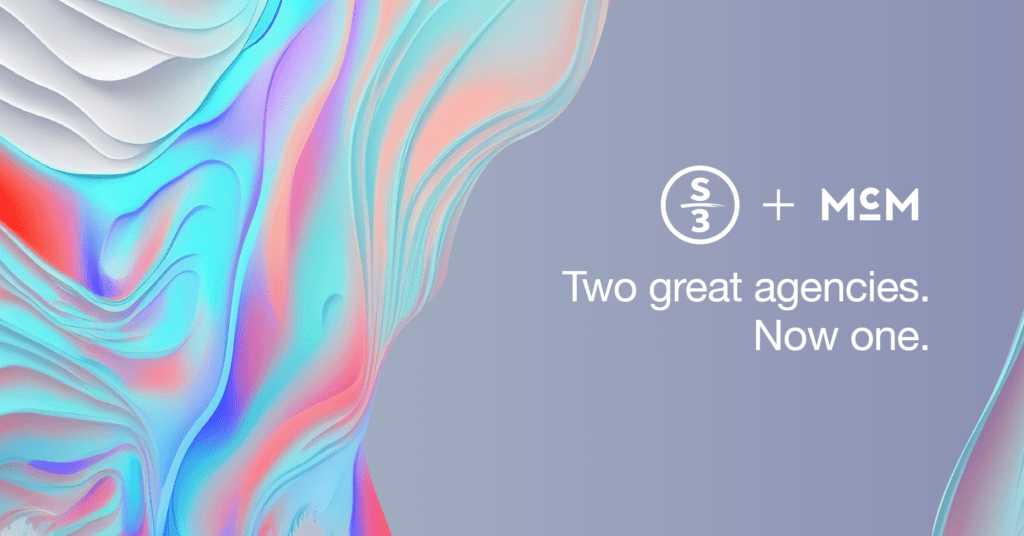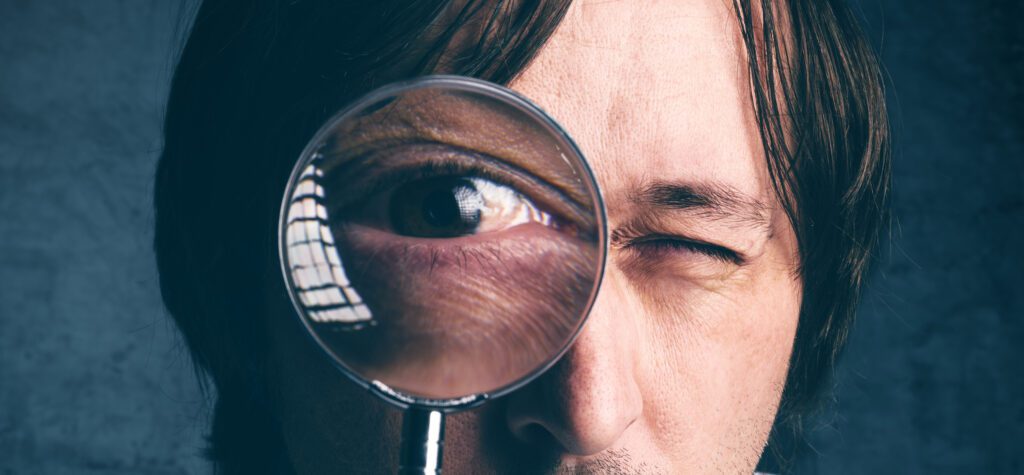Over the past few years, GIFs (whose only acceptable pronunciation is with a hard ‘g’, ˈgifs) have become increasing popular online. Both Google and Facebook now include GIF drawers in their messaging platforms by default and you probably have one attached to your keyboard on your smartphone as well.
While GIFs are really great for sharing nuanced emotions in a quick and (usually) comic way, they have this pesky tendency to be made from other people’s content. Content you don’t own. And as brands continue to break down the barriers between themselves and their audiences by participating more naturally in digital social spaces, the free-flowing use of GIFs can quickly turn into a sticky situation.
pesky tendency to be made from other people’s content. Content you don’t own. And as brands continue to break down the barriers between themselves and their audiences by participating more naturally in digital social spaces, the free-flowing use of GIFs can quickly turn into a sticky situation.
What can brands share?
The fact is that brands are held to a different standard than you and me. They are more vulnerable to legal action as the result of a public copyright infringement. No social media team wants to be responsible for infringing on a GIF copyright. Nobody wants to get sued over a 5-second clip of a beardy Robert Redford nodding along in apporval.
So what do we need to know as marketers? How can we protect ourselves?
A recent article in AdWeek featuring an interview with Michael McSunas, a veteran copyright lawyer specializing in the area, does a great job at breaking down the dos and don’ts of avoiding GIF copyright infringement.
First of all, who owns the rights to a GIF?
The answer to this question can actually be pretty complicated. According McSunas, the GIF’s creator, the copyright holder of the content and anyone featured in the GIF all have rights to the work.
For example, sharing your favorite Mean Girls clip could mean that the creator of the GIF, as well as Lorne Michaels Productions and Lindsay Lohan all have a claim to the rights!
If you wanted to use a GIF as part of your brand’s social content, whose permission would you need?
To be safe, a brand would need to get permission from all rights holders:
- The copyright holder of the underlying/original content
- The creator of the GIF and
- The person or people shown in the GIF.
This permission should be documented and dated before the posting of the content on any social channels.
Once I have permission, how long can my post stay up?
This depends on your agreement with the rights-holders. There is no default “safe-posting” time. Your agreement will have to include a defined timeframe. After the timeframe expires, you may have to remove or alter your post.
Should brands avoid using GIFs?
 As they have not been truly tested in the courts, the legal safety of GIF copyright law is currently ambiguous. Of course the safest options would be to avoid them completely. But the lawyer in the article states that it would be best for brands to stick to very widely used GIFs made available on platforms like Facebook or GIPHY. A better idea would be to create and use your own GIFs. And try to avoid using GIFs to directly promote a product. Beardy Robert Redford isn’t your spokesman.
As they have not been truly tested in the courts, the legal safety of GIF copyright law is currently ambiguous. Of course the safest options would be to avoid them completely. But the lawyer in the article states that it would be best for brands to stick to very widely used GIFs made available on platforms like Facebook or GIPHY. A better idea would be to create and use your own GIFs. And try to avoid using GIFs to directly promote a product. Beardy Robert Redford isn’t your spokesman.
How can brands safely use GIFs?
GIFs have a great potential to personalize brands and lend a certain authenticity to the tone of their social media. They’re also great for connecting directly with younger audiences, and signaling engagement in a 2-way cultural conversation. If you want to use them for your brand, a couple examples of relatively controversy-free ways to employ them would be:
– Direct responses to audience comments
– General statements – like a tweet that says “It’s Friday!” with a GIF.
There can be a lot of upsides to GIF use, they are by no-means mandatory. The tricky nature of copyright makes for a situation that each brand must wrestle with and assess their own level of risk-tolerance in the social space.
Should you use GIFs? Should your brand avoid them? Choose wisely.





